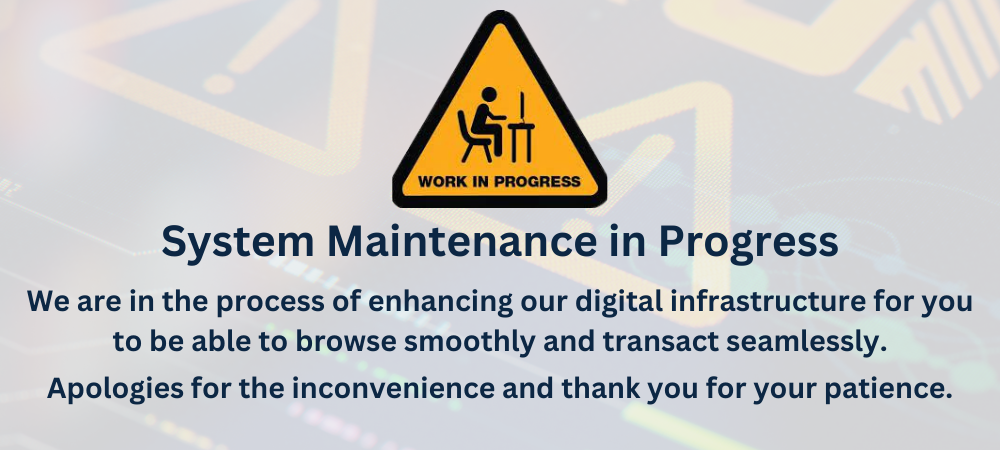Blog |
“We don’t prognosticate macroeconomic factors, we’re looking at our companies from a bottom-up perspective on their long-run prospects of returning.” Mellody Hobson
How much is the recent 50 bps move relevant to investors in stock markets?
A lot of investors were watching the move by the US Federal Reserve with much anticipation and finally it did deliver the rate cut most market participants expected. However, a question comes to mind –what does it really mean for investors? The long held economic rationale around interest rates is that lower interest rates mean a lower cost of capital. Lower cost of capital signal entrepreneurs and capital allocators that deploying risk capital at this time could be at a lower cost than before and if you are sure of a certain ROI, such a lower cost of capital will ensure higher margins and hence higher profitability. Stock markets are a slave to earnings growth and hence the corollary that this could lead to higher stock prices.
But here is where the corollary starts to come off – The 4 biggest tech companies in the US, drivers of much of the stock market gain in the past year or so do not have much debt at all. How does a lower cost of debt impact them? Are the companies that use their products and services so levered that it could signal more profits to them as a result and keep up the demand for their offerings? This argument also appears weak since a50-bps cost reduction is not material to the metrics in the short run.
So, can we take this as a signal alone for easier monetary policy in the interim to ensure liquidity in the markets? This too looks weak given that fact that the US Federal Reserve did not reduce the bond repurchase plan (as was expected) but is continuing its QT. These indeed are mixed signals. So, what do we take from this? Or were they so far behind the curve that this was a signal to correct the policy agenda? In any case, even as a signal this appears a weak signal for market participants on any measure. The markets responded positively in the US and elsewhere ostensibly on prospects of a “risk-off” scenario, encouraging risk taking in risk assets such as equities.
What impact on India then?
Will the RBI cut rates?
The question now shifts domestically where the relationship between sovereign bond rates in India and the real economy is even more complex than in the western world. Interest rates for many corporations in India are dependent on their individual domestic rating and differ wildly across groups. While India is taken as a market by foreign investors, it would be foolish to assume that all participants are priced for credit off an interest rate curve set by the central bank.
And the market went to a new high supposedly on the back of the US Fed move as well as expectation of lower interest rates in India. It would be prudent to establish the real reasons to invest in the India equity markets that are independent of such market announcements and rate changes. This could only mean confidence in the underlying asset class, individual research in company fundamentals and comfort in valuation. No other measure will come to the rescue no matter what the signals denote at the macro level.
Markets at a new high
As we contemplate anew high in the markets it will be important to understand the dynamics of the current market scenario and ascertain whether a new high indicates a signal to reduce weight in equities or should we take this in our stride and assume no action required. Anecdotal evidence points to major mutual funds holding elevated cash levels and that is counter to the theory that markets will continue to move up from here. Higher cash levels would indicate more caution and an expectation of lower market levels, allowing for deployment at lower levels. However, these are all conjectures at this time, and we could only reemphasize the need to look at individual risk tolerance rather than expert opinion at this time.
Based on my own personal experience – both as an investor in recent years and an expert witness in years past – rarely do more than three or four variables really count. Everything else is noise.” – Martin Whitman
Mr. Tushar Pradhan
Chief Mentor – Investment Strategy, Multi Ark Wealth & Director – HXGON Partners LLP
Disclaimer-This newsletter is being curated by HXGON Partners LLP, a knowledge partner of Epsilon Money. This newsletter is not intended to be used as a recommendation and is generic in nature. Investors should follow the advice of a qualified investment advisor before making any investment decisions and should read all investment related documents and risk disclosures.
Epsilon Money Mart Pvt Ltd (Epsilon Money) having its registered office in Mumbai, Maharashtra India, is an AMFI registered Mutual Fund distributor and IRDAI registered Corporate Agent and associated with SMC Global Securities Limited as a Sub-Broker for investments opportunities in Direct Equities. Epsilon Money acts as a referrer to the Product and Services Providers who have obtained the required license to offer a suite of wealth management products which may not be directly offered by it. Epsilon money does not guarantee the validity/compliance of license of Product and Services Providers. Clients may conduct their independent due diligence before investing. The insurance products offered are underwritten by the respective Insurance Partners only. Epsilon Money does not underwrite the risk or act as an Insurer. Mutual Fund investments are subject to market risks. Please read all the offer-related documents carefully before investing. Past performance may or may not be sustained in future. To view the Full Disclaimer Click Here

